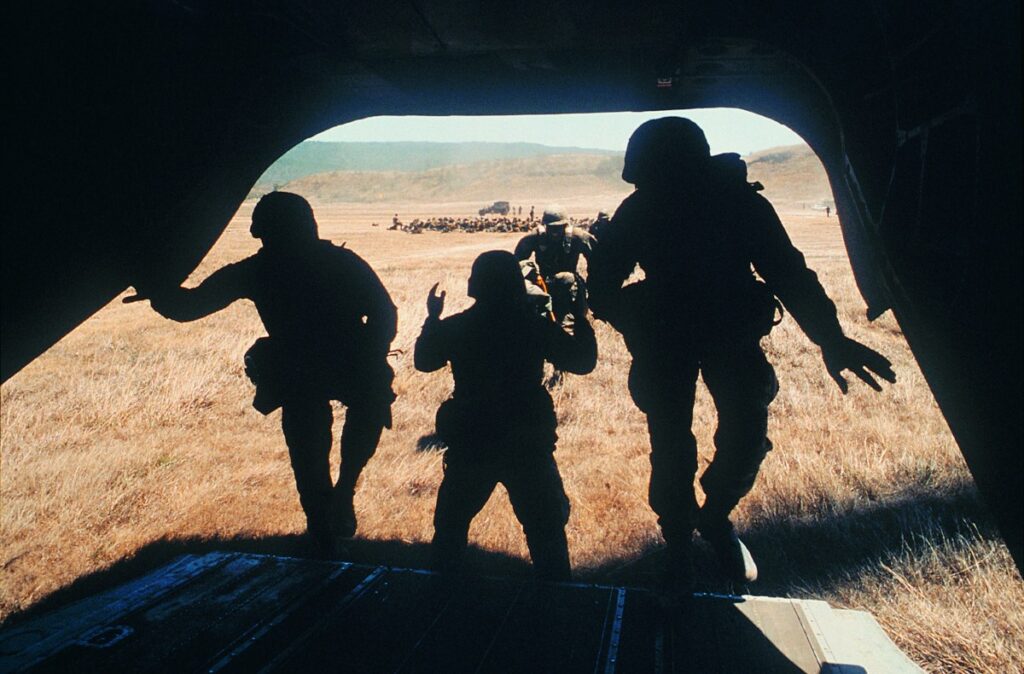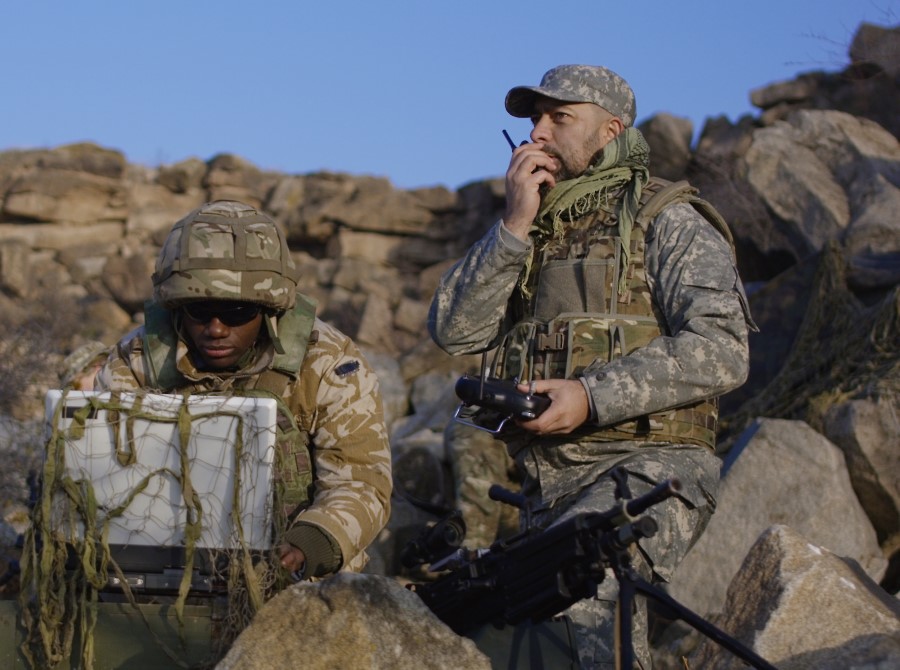Notizie per Categorie
Articoli Recenti
- Explore practical best practices to secure your data with Microsoft Purview 25 Aprile 2025
- New whitepaper outlines the taxonomy of failure modes in AI agents 24 Aprile 2025
- Understanding the threat landscape for Kubernetes and containerized assets 23 Aprile 2025
- [Launched] Generally Available: Instance Mix for Virtual Machine Scale Sets 22 Aprile 2025
- Microsoft’s AI vision shines at MWC 2025 in Barcelona 22 Aprile 2025
- [Launched] Generally Available: Announcing the Next generation Azure Data Box Devices 22 Aprile 2025
- [Launched] Generally Available: Cross-Region Data Transfer Capability in Azure Data Box Devices 21 Aprile 2025
- [Launched] Generally Available: Azure Ultra Disk Storage is now available in Spain Central 21 Aprile 2025
- [Launched] Generally Available: Azure Firewall resource specific log tables get Azure Monitor Basic plan support 21 Aprile 2025
- Hannover Messe 2025: Microsoft puts industrial AI to work 21 Aprile 2025
3 ways Microsoft empowers defense leaders to turn data into decisions
General George S. Patton, famously stated:”Never tell people how to do things. Tell them what to do and they will surprise you with their ingenuity.”By empowering people with a clear understanding of the overall mission and their role in it, they can use their initiative and creativity to achieve success.
While Patton was revered for his tank maneuvers through Northern Africa during WWII, he also set the groundwork for enabling militaries to decentralize the execution of missions which has continued to evolve in amazing ways to this day. In the modern era, defense organizations are constantly seeking ways to gain an edge over their adversaries across land, sea, air, space, and cyberspace. A crucial way to do this is to optimize decision advantage.
The Microsoft for Defense and Intelligence team has a rich history of partnering with organizations worldwide to help them achieve their missions. This includes enabling defense and intelligence agencies with technology to make data-driven decisions at the speed of relevance during mission planning, rehearsal, and execution to enhance command and control. By digitizing their operations and leveraging the Microsoft Cloud, defense organizations can achieve these aims and stay up to date with the most secure, productive, and integrated set of solutions in the marketplace.
Here are three key ways that defense and intelligence leaders can leverage cloud-enabled capabilities to make better data-driven decisions faster and more efficiently during every phase of the mission:
1. Mission planning
Most mission planning processes are done manually and take a lot of time. They often fail to gather and analyze all necessary information to inform the best decision. AI andautomation can help alleviate these challenges. AI algorithms can analyze vast amounts of data to identify patterns and help military and intelligence leaders synthesize critical information and assess its veracity.
The automation of manual processes such as the production of operation orders (OPORD) can be effectively facilitated by AI technology. This technology functions as a virtual assistant, ensuring that orders are produced quickly and with clear and concise language. This allows commanders to focus their time and attention on critical aspects of execution and planning, rather than being bogged down by manual document production.
Furthermore, optimizing the processing, exploitation, and dissemination of intelligence data can be accomplished by utilizing data analytics tools to identify potential threats, predict their movements, and take appropriate mitigating action. This approach can enable military planners to anticipate and prepare for a wide range of possible scenarios, therefore keeping them one step ahead of their adversaries.
2. Mission rehearsal
Understanding the operating environment and allocating the right resources and people to the right mission at the right time is no small feat. One way to enhance command and control is through collaboration using mixed reality and augmented reality. Mixed reality and augmented reality technology blend the physical and digital worlds to enable users to interact with both the real world and additional information from a virtual environment. This can enable leaders to view real-time data in a three-dimensional environment to better visualize and understand the situation on the ground. It can also be used to facilitate communication between different units and branches of the military, as well as with allies, enabling more coordinated efforts.
With mixed reality and augmented reality, commanders can better visualize planning for courses of action. During mission rehearsals, they can see the benefits and downfalls of different options, enhance their ability to command and control forces, and mitigate both risk to mission and risk to force across their whole area of operations.
3. Mission execution
Human-machine teaming and smart operations can act as a force multiplier during mission execution. Today’s machines marry sophistication in physical design with advanced, AI-powered analytical and decision-making skills. This duo improves human safety by reducing errors, identifying efficiencies, and reducing costs. By working together, humans and machines can achieve better results than either could achieve alone and optimize decision advantage.
During a mission, AI analysis can help operators fuse data from multiple intelligence sources to identify potential threats and predict the movements of enemy forces. These capabilities accelerate diagnosing the challengegiving leaders more time to focus on identifying solutions. Therefore, keeping humans in the loop for decisions while reducing human error.
Moreover, edge-to-cloud computing is crucial to effectively collect, process, and act on data in real-time. This is particularly important in remote or disconnected environments where connectivity is limited. By leveraging space capabilities and satellite technology, defense organizations can establish a reliable and secure network infrastructure that enables units to access critical information and make more informed decisions on the ground.
Furthermore, smart operations can involve the use of the Internet of Things (IoT) sensors, 5G communications, and mesh networking to gather and share data in real-time. During military operations, these sensors can be used to gather real-time data on the disposition of friendly and adversary forces, terrain features, weather, and other critical information that inform more effective strategies and improve tactics quickly.
Partnering to turn data into decisions
From mission planning through execution, Microsoft is committed to providing defense and intelligence organizations with a powerful set of solutions to optimize decision advantage. By leveraging technologies like mixed reality collaboration, AI-enabled planning processes, human-machine teaming, and smart operations, leaders can make better-informed decisions faster and more efficiently.
These technologies not only enhance command and control but also promote more coordinated efforts across units and branches of the military. The Microsoft Worldwide Public Sector Defense and Intelligence team is comprised of military veterans, industry leaders, and pioneers who have served or supported the broader defense ecosystem and bring unique expertise to mission challenges.
As technology continues to evolve, we remain committed to partnering with organizations worldwide to achieve their missions and stay up to date with the most secure, productive, and integrated set of solutions in the marketplace.
Watch this video to hear from current members of our team as they discuss optimizing decision advantage through a retrospective view of their time in different branches of the United States military.

Microsoft for Defense and Intelligence
Empowering militaries. Improving operations. Protecting national security.
The post 3 ways Microsoft empowers defense leaders to turn data into decisions appeared first on Microsoft Industry Blogs.
Source: Microsoft Industry Blog


